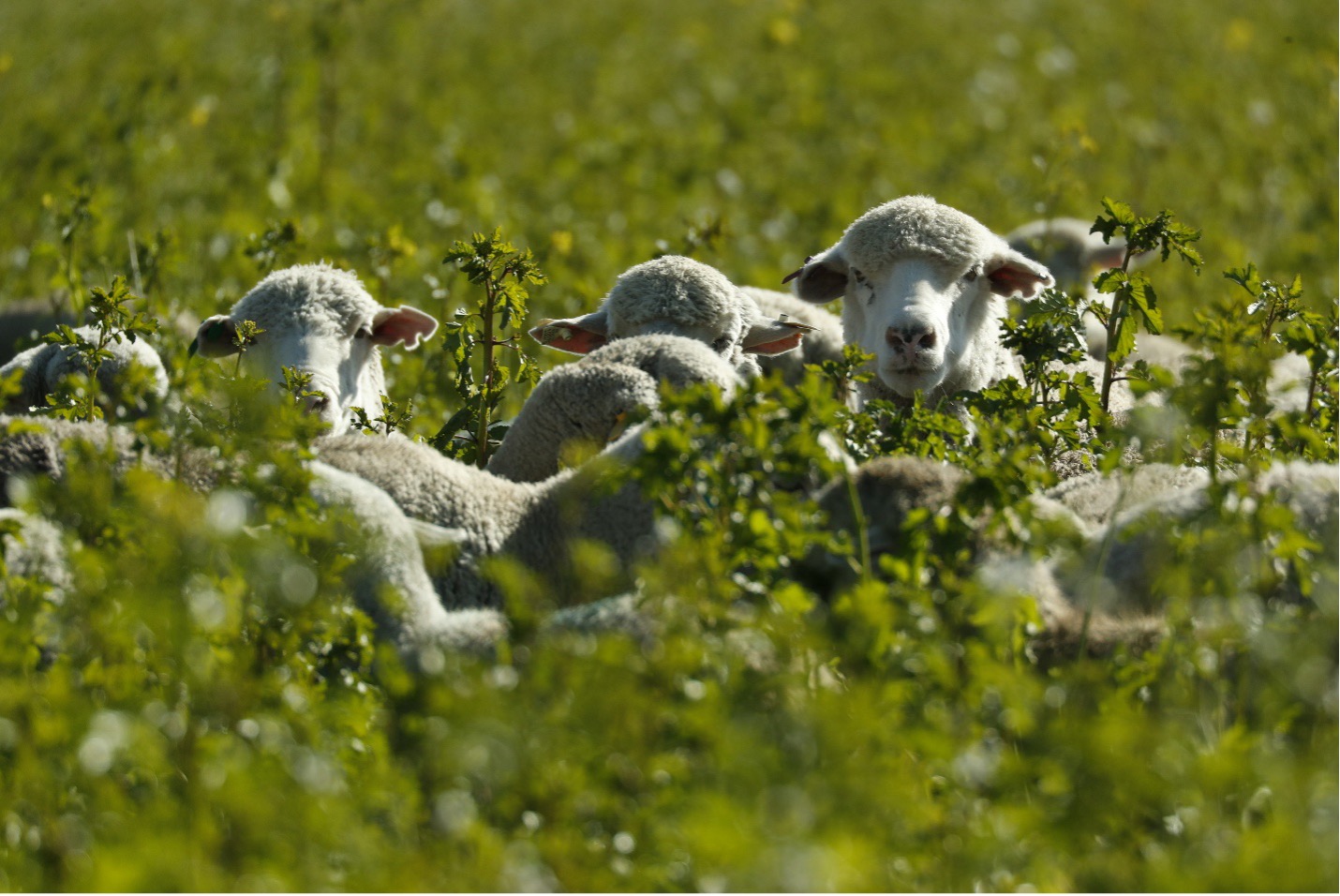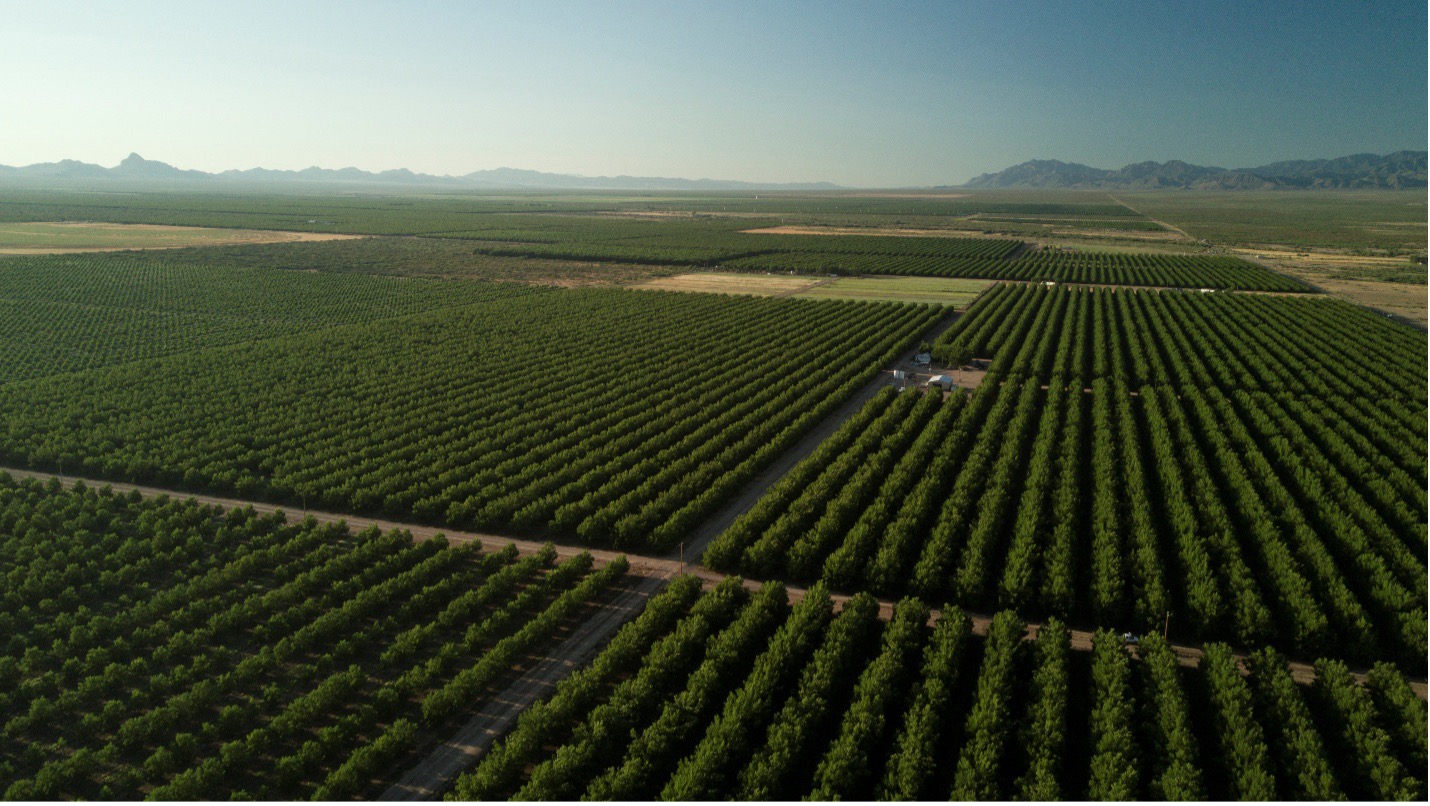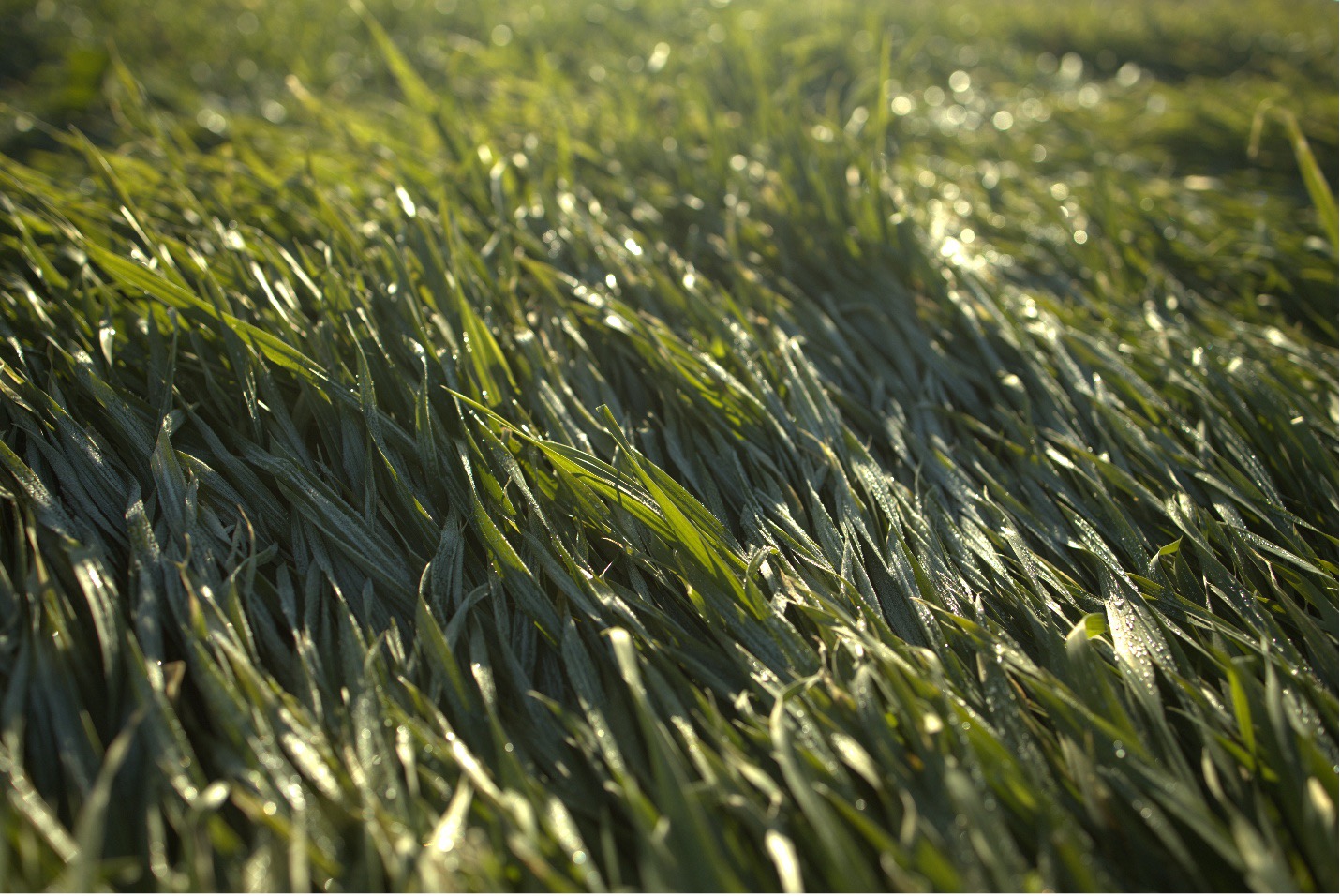Weed-Free Without Chemicals: How Native Perennials Are Outcompeting Invasives

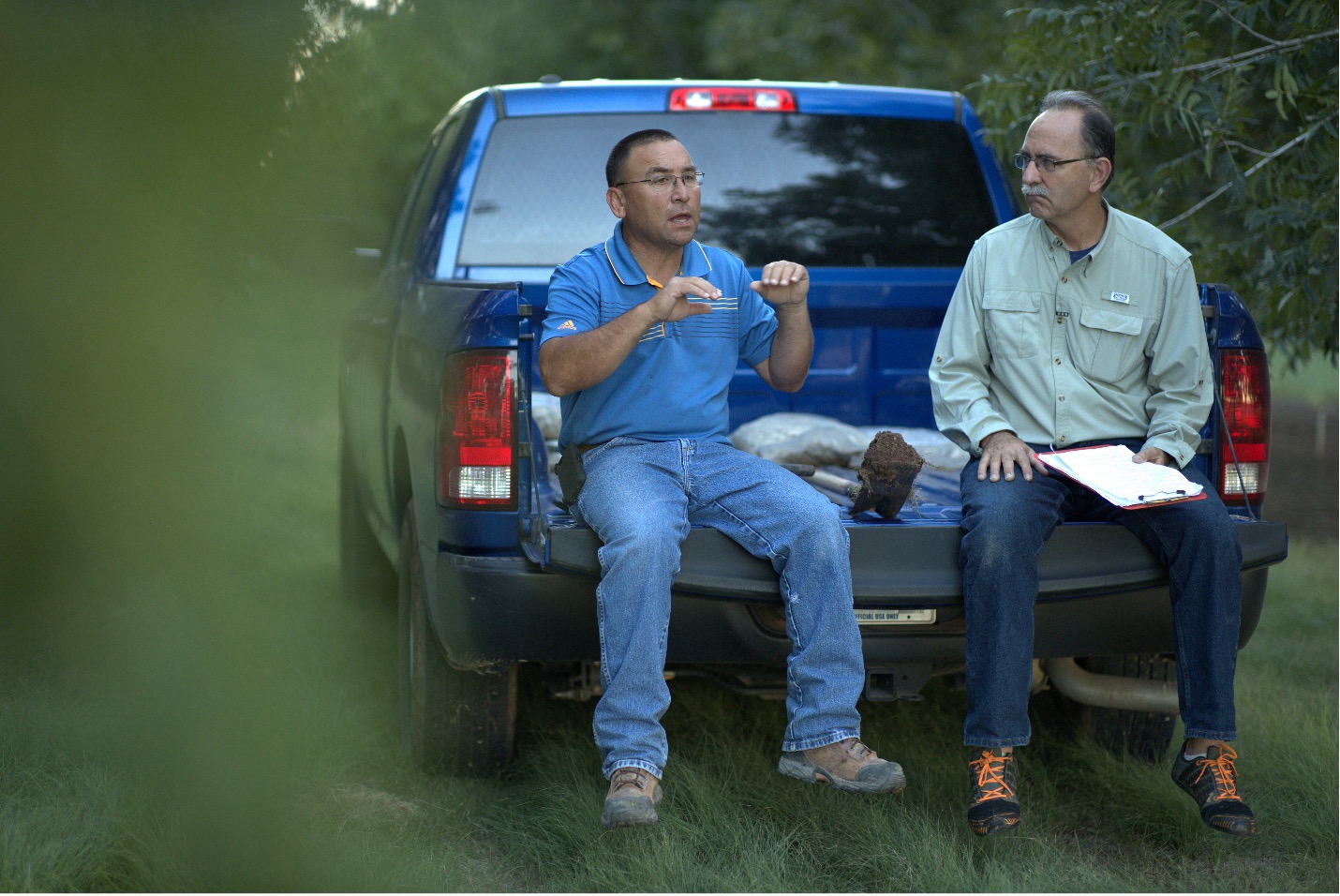
After years of battling bindweed with herbicides, including multiple formulas and repeated applications, Brian Driscoll of San Simon Farm in AZ finally decided to take a different approach: stop fighting the weed, and outcompete it instead.
“We’re a Roundup-free farm. We don’t use any glyphosate,” he explains in our How To Soil Health video series. “We had areas on the farm where bindweed was a real issue… so we started looking at cover crops instead.”
Rather than relying on chemical suppression, the team at San Simon Farm looked to biology and ecology. What they found was a solution that not only controlled the weeds but also improved the health of their orchard soils in the long run.
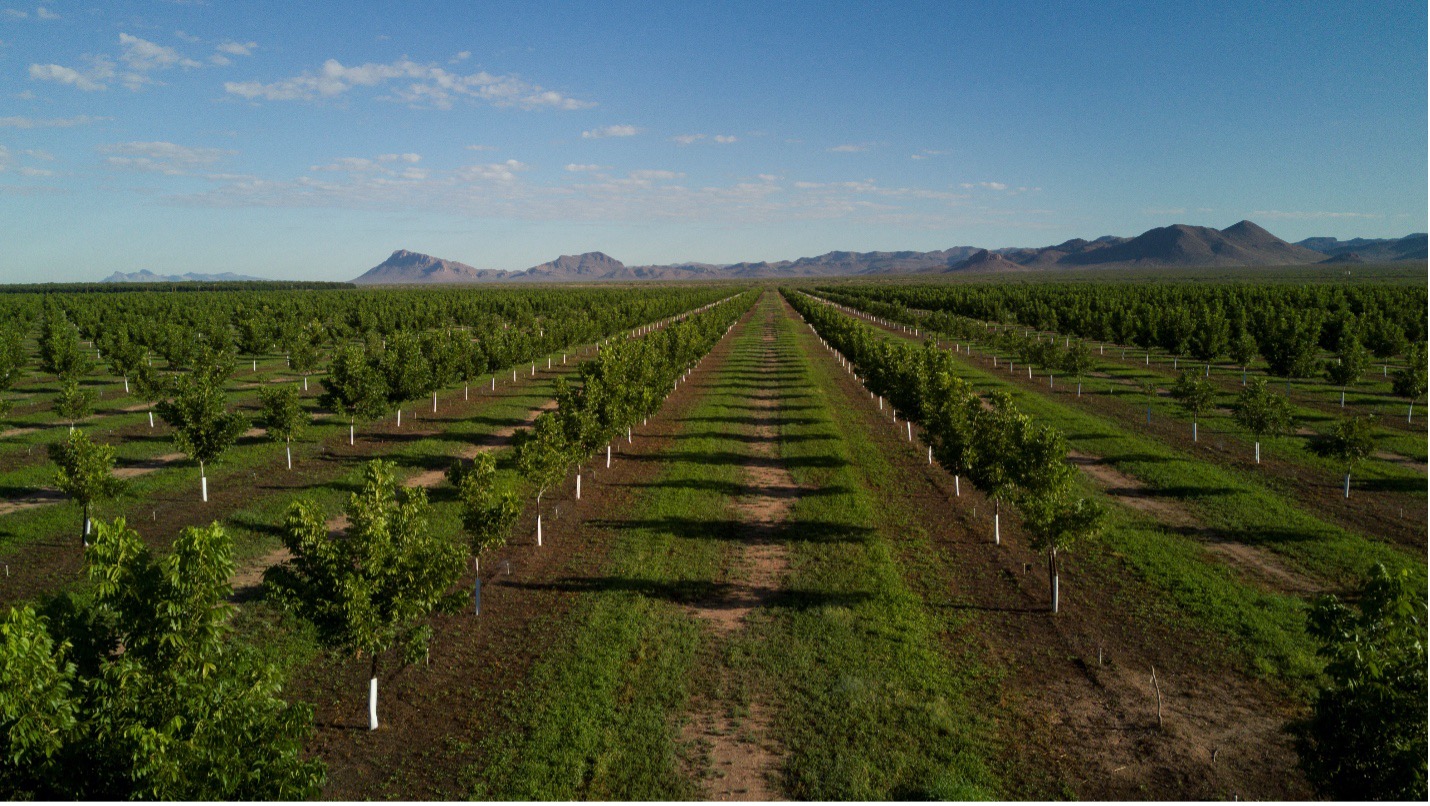
From Chemicals to Competition
The breakthrough came when they started thinking about competition as a biological tool. If bindweed thrives in open, disturbed soil with lots of light and space, then why not introduce a plant that fills that niche more effectively?
Their solution: buffalograss.
“Buffalograss is a native grass to the Nebraska, Kansas, New Mexico, Texas, Oklahoma area,” Driscoll explains. “It takes a little while to establish, but it outcompetes the bindweed—and it loves shade.”
Because bindweed can’t tolerate being crowded out, especially in shaded conditions, the dense canopy of buffalograss became the perfect competitor. Once established, this native perennial formed a thick ground cover that reduced sunlight to the soil surface, discouraging the bindweed from taking hold.
This approach is part of a broader philosophy we encourage at Soil Health Labs: instead of suppressing weeds through constant inputs, create conditions where desirable plants dominate the system naturally. It's regenerative, low-input, and biologically smart.
Building Beneficial Blends
Buffalograss alone was a great start, but the farm didn’t stop there. They soon began experimenting with clover, mixing it in to create an even more beneficial blend.
“It works well with clover,” the grower says. “That really makes a good blend.”
This grass-legume mix offers both weed suppression and soil benefits. While buffalograss provides ground cover and competition, clover adds nitrogen-fixing power and feeds the microbial community in the soil. Together, they support soil structure, fertility, and long-term resilience, without synthetic inputs.
This blend also supports biodiversity above and below ground. The diverse root systems stabilize the soil and feed a wider variety of beneficial microbes, which in turn improve nutrient cycling and water retention, two critical functions in any orchard system.

A Shift to Native Perennials
Sandstone Farm has shifted their focus to long-term ground management. Instead of replanting or re-spraying each year, they’re aiming for self-sustaining systems, starting with native perennials.
“We’re going to more of the native perennials… The grasses, some of the legumes we can throw in,” the grower explains. “Because all of our orchards now are finished planting… Let’s go with native perennials that are going to stay here.”
This is an important shift in thinking. Annual cover crops are excellent tools in transitional systems, but for perennial systems like the orchards at San Simon, long-lived ground covers offer year-round benefits with fewer inputs. Once established, these perennials help:
• Suppress weeds naturally through ground shading and dense root networks
• Feed soil biology through constant root exudation
• Reduce erosion and improve water infiltration
• Support pollinators and beneficial insects
• Minimize labor and chemical costs
Native species are especially well-suited to these tasks because they’re adapted to the local climate and soil conditions. Their deep root systems often outperform introduced species when it comes to drought tolerance and nutrient scavenging.
Regenerative Weed Control in Action
This story is just one example of how regenerative principles can be applied to real-world challenges like weed management. We’ve seen again and again that the best way to reduce reliance on inputs is to redesign the system, not just patch it.
Weed control doesn’t have to mean eradication or chemical warfare. It can mean competition, diversity, and ecology working in your favor.
By embracing native perennials and smart ground cover blends, the team at San Simon Farm has transformed their weed problem into a productivity solution, reducing herbicide use, improving soil health, and creating a system that’s far more resilient and self-sustaining.
To hear the story from Brian himself, check out our How to Eliminate Weeds with Native Perennials video. And for more examples of practical regenerative strategies in action explore our full How To Soil Health video series and dig into technical guides, case studies, and outreach materials.

